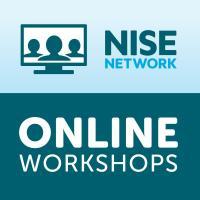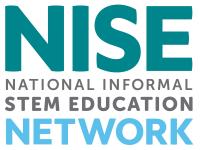The National Informal STEM Education Network (NISE Net) is pleased to offer 250 free Explore Science: Earth & Space 2018 toolkits to new and existing eligible partners in the United States. In collaboration with NASA, the NISE Network has assembled a new set of engaging, hands-on Earth and space science experiences with connections to science, technology, and society. In addition to the physical toolkits, all digital materials will be available online as a free download in February 2018.
A total of 250 toolkits will be awarded to eligible organizations through a competitive application process. Eligible organizations include children’s museums, science centers, science museums, public planetariums and observatories, and NASA visitor centers located in the US.
Will the 2018 toolkits different from the 2017 toolkits?
YES! The 2018 toolkits will feature a whole different set of hands-on activities.
How to Apply
Applications must be submitted online using SurveyGizmo by November 1, 2017.
Before applying, please review the toolkit application overview at:
Online Workshop
Learn more about this project, the 2018 toolkit contents, and application process by watching a recording of the online workshop:
- Learn More About the 2018 Explore Science: Earth & Space Toolkit (Recorded)
Tuesday, September 12, 2017
The workshop is recorded and archived online at http://www.nisenet.org/event-type/online-workshop
The NISE Net offers a variety of professional development opportunities to help educators and scientists increase their capacity to engage the public in learning about current science, technology, engineering, and math (STEM) topics. These free online workshops allow educators and scientists to share and learn from each other. All workshops are posted online afterward for those who are unable to attend at: http://www.nisenet.org/events/online-workshop
Newsletter
To learn more about the National Informal STEM Education Network (NISE Net) please subscribe to our free monthly e-newsletter: www.nisenet.org/newsletter
Acknowledgements
This material is based upon work supported by NASA cooperative agreement award number NNX16AC67A. Any opinions, findings, and conclusions or recommendations expressed in this material are those of the author(s) and do not necessarily reflect the view of the National Aeronautics and Space Administration (NASA).


